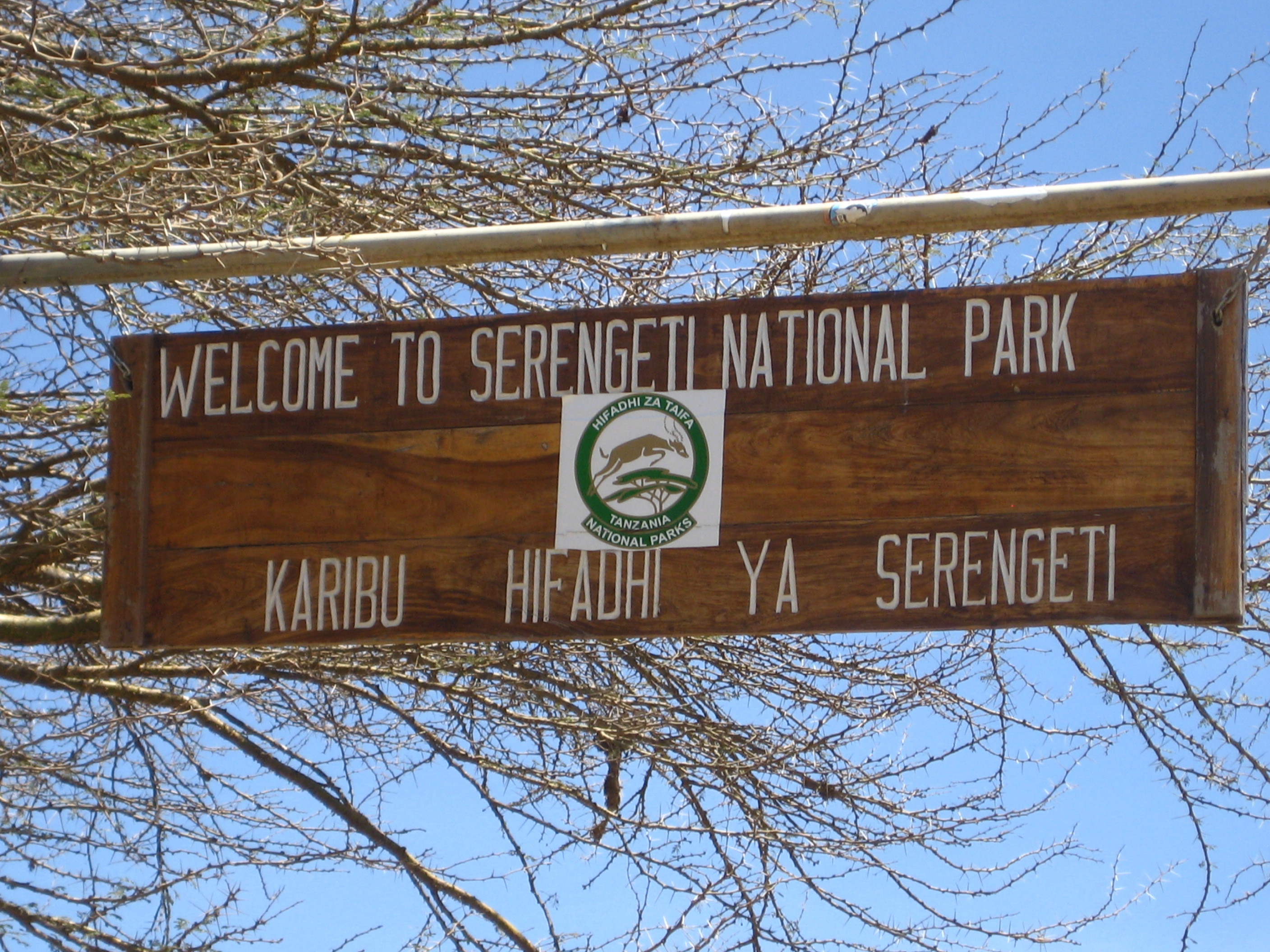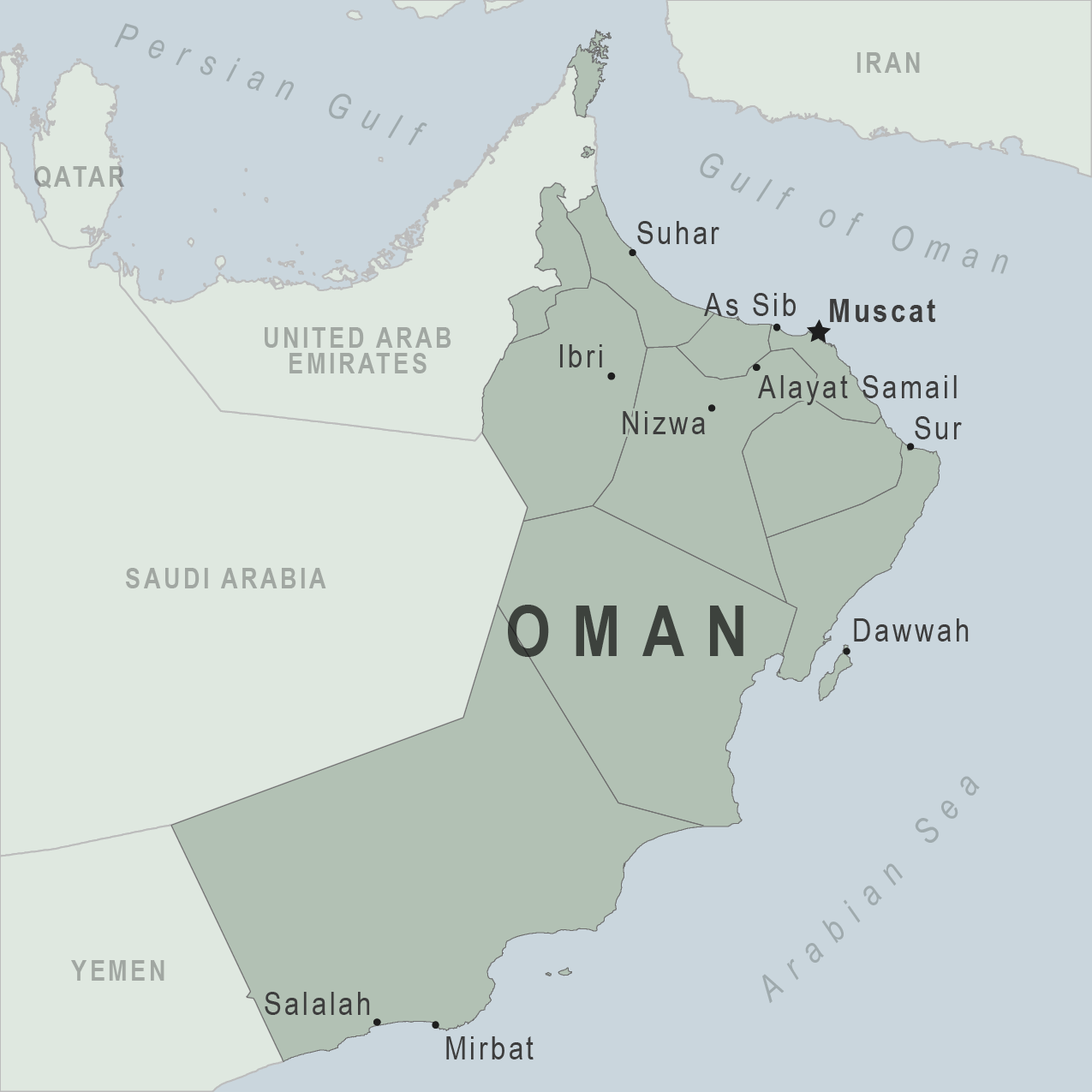Tanzania is a portmanteau created from the two states that united to form the country: Tanganyika and Zanzibar. Tanganyika itself is from the Swahili, meaning a “sail in the wilderness.” (There’s also a Lake Tanganyika as well.) Zanzibar comes from the Bantu word “zenji,” meaning “black” and the Arabic word “barr,” which means “shore.”
Located in eastern Africa, Tanzania is surrounded by Uganda and Kenya to the north; the Indian Ocean to the east; Mozambique and Malawi to the south; and Zambia, Democratic Republic of the Congo, Burundi, and Rwanda to the west. There are several major lakes that have some shoreline in Tanzania: Lake Victoria, Lake Malawi, Lake Rukwa, and Lake Tanganyika. And it’s also known for many of its mountain peaks, namely the famous Mt Kilimanjaro (remember the old joke: “Never trust a mountain that starts out with ‘kill a man.’”) as well as its many national parks, including the Serengeti. They generally go through a rainy and dry period, and the temperature can vary widely depending on your altitude.
 |
| Slave trade memorial on Zanzibar |
Linguistic and archaeological evidence shows that the original people moved into Tanzania from the north around 2400-4000 years ago and came in several waves. There were also others coming in from the west as well, bringing with them their languages, ways of life, and their food. Travelers and traders have been doing trade up and down the coast line since the first millennium AD, introducing their foods and wares from the Middle East and India. Around the 8th or 9th century, it became known as the Swahili Coast, and Islam was spread into the area. During the mid-1800s, an Omani sultan by the name of Said bin Sultan decided the island of Zanzibar would be the perfect place to base his slave trade operations. Some estimates say between 65-90% of the people on the island were enslaved (hence, the setting of the book I mentioned earlier). By the late 1800’s, the Germans moved in to take over quite a few areas of eastern Africa. However, after the Paris Peace Conference in 1919, both Tanganyika and Zanzibar were handed over to Britain. During WWII, they were forced to fight alongside the British, and Tanganyika became a major source of food during this time. By the mid-1950s, they started organizing themselves under the leadership of Julius Nyerere and eventually became the first Prime Minister after Tanganyika gained its independence in 1961. A few years later, the people of Zanzibar were able to overthrow their Arab controllers and joined Tanganyika. Not long after that, they changed their name to the now-familiar Tanzania. There were some struggles as the new country tried to figure out how to modernize itself while retaining political stability. After some reforms, it seems they continued to grow economically and sociopolitically in the region.
Fairly centrally located in the country, Dodoma is the capital city. It literally means “It has sunk” in the Gogo language (lovely sentiment). During the mid-1970s, it was decided to move the capital from the must larger coastal city of Dar es Salaam to someplace more centrally located, which turned out to be Dodoma. It wasn’t until the mid-1990s when it became the official capital. Not only is it the center of government, there are also several universities and sports venues as well as areas for shopping/markets, entertainment, and restaurants.
For a time, Tanzania had one of the faster growing economies in eastern Africa. Not being strongly connected to the global market actually helped protect it from being hit so hard in the global economic recession of 2008-2009. However, the country has severe national hunger issues. Very little of its economic growth is reaching the poor. Agriculture makes up the vast majority of Tanzania’s exports. By far, maize is their largest crop, but they also produced cassava, sweet potatoes, beans, bananas, sugar, cotton, cashew nuts, tobacco, coffee, sisal, tea, and a variety of meats. Tanzania also relies on a certain amount of tourism to its cities and its many national parks and conservation areas.
Because of its history, Tanzania is about two-thirds Christian. Of those Christians, a little more than half are Roman Catholic. Of the rest of the Protestants, Lutherans and Moravians are at the top, thanks to the German missionaries who were once there. There are also quite a few Anglicans, Adventists, and Pentecostals. Islam is the second largest religion and mainly concentrated on Zanzibar and the coastal regions. Of the Muslims there, the largest denomination is Sunni, followed by Shia, other non-denominational Muslims, Ahmadiyya (which are often not considered Muslim), and Sufi. And of course, there are small pockets of Buddhists, Hindus, and Baha’is spread throughout the mainland.
Tanzania is one of the most linguistically diverse countries in Africa with over 100 languages spoken there, representing each of the four main African language families. However, there are no official languages. Swahili tends to be the primary language used in lower courts and in education (especially in the lower grades). English is used in the upper grades and post-secondary levels, upper courts, and in business and trade. Arabic is used as a co-official language in Zanzibar. ECLs (ethnic community languages) are not only discouraged from being taught in school, it’s also prohibited from using them on TV and radio and almost impossible to create a newspaper in one of these languages. It’s sad because it makes it that much more difficult to keep it from becoming extinct.
Tanzania boasts many protected sites and national parks. Conservation and animal welfare is important, and one of those parks is Gombe Stream National Park. This national park is particularly famous because it was the location of much of the research done by Dame Jane Goodall. Knowing that humans are distinctly similar to chimpanzees, she traveled to the area in 1960 to conduct her own research on chimp communities. At the time she first traveled there, she was only 26 years old and hadn’t been to college at all. However, through her extensive research on chimps that’s provided through the Jane Goodall Institute, she’s really brought a lot of insight into the world of chimpanzees and how they relate to human development.
Up next: art and literature














